Medieval wellness: how our New Year’s resolutions mirror the Middle Ages
From drinking less to enjoying the great outdoors, Katherine Harvey examines the parallels between widely-held medieval beliefs about health with the lifestyle changes many attempt at the beginning of each year…
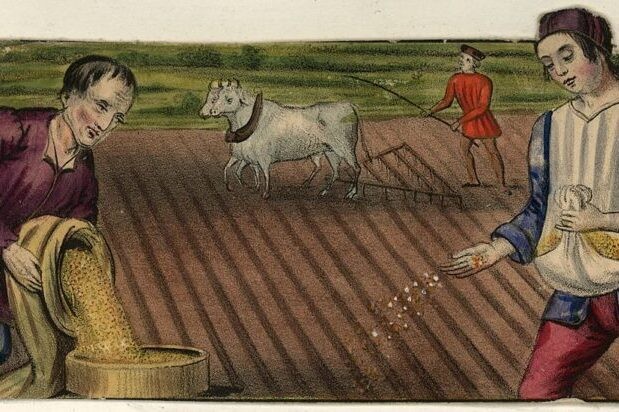
When millions of people around the world pledged to change something about their lives in 2023, they were participating in a tradition dating back to at least the 17th century. On the last day of 1661, for example, Samuel Pepys recorded in his diary that “I have newly taken a solemn oath about abstaining from plays and wine.” We don’t know for certain whether this was a well-established practice or a new fashion, but medieval people certainly saw January as a time for looking forwards: as early as the 10th century, Anglo-Saxon monks attempted to make predictions about weather, agriculture, and politics based on the conditions of New Year’s Day.
Whether or not medieval people made New Year’s resolutions, they certainly would have understood our desires to get fit or stress less. This is because the contemporary obsession with lifestyle as a form of preventative medicine is not a new phenomenon. Just as we read lifestyle books which promise us longer, healthier lives, medieval people followed regimens – books which told them what they needed to do to stay healthy. Like us, they worried about their diet, exercise, sleep patterns, and emotional health. So what would medieval people have made of some of our most popular New Year’s resolutions?
Improve diet
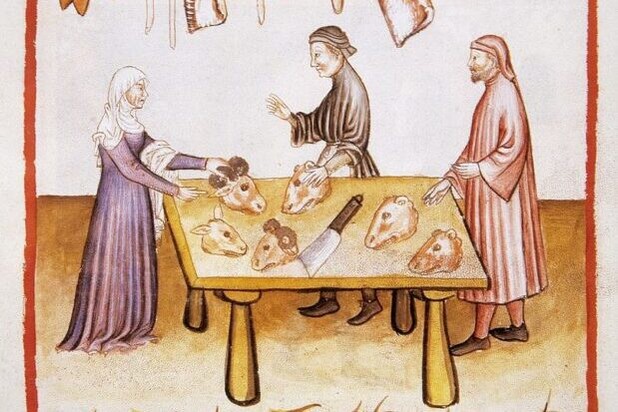
Medieval people were less preoccupied by body size than us, but they did recognise obesity as a health problem. According to the French surgeon Guy de Chauliac (c1300-1368), fatness became an issue when an individual “could no longer walk normally, nor touch the ground, nor put on his shoes on account of the girth of his stomach, nor even breathe without difficulty”. Towards the end of the Middle Ages, some wealthy people commissioned regimens to help them lose weight: physician Conrad Heingarter’s recommendations for Jean de la Goutte (c1430) included eating and drinking less, sleeping on his back (to prevent stagnation of the humours, which would turn into fat), and using laxatives.
Our ancestors also shared our belief in the power of a balanced diet, although they classified foods in humoral terms, as hot or cold, and wet or dry. The best foods (such as chicken) were warm and moist, but some surprising things (including uncooked fruit) were considered unhealthy.
Also, overeating was frowned upon for both for both medical and spiritual reasons: not only did it produce humoral excesses which could cause disease, but to eat too much (or to enjoy one’s food too much) was to commit gluttony, one of the Seven Deadly Sins.
Very restricted diets (including plant-based diets) were usually motivated by piety rather than health concerns. Weight loss was a likely side-effect, but the central purpose was to subdue the flesh and to bring Christians closer to God.
Drink less alcohol
Contrary to popular belief, medieval people drank water, and were not constantly drunk. Ale and beer were also popular beverages, but physicians had a low opinion of them: they were cold, and caused problems with the head, stomach, and nerves. Plus, they were more intoxicating than wine – a costlier drink, but also a healthier one.
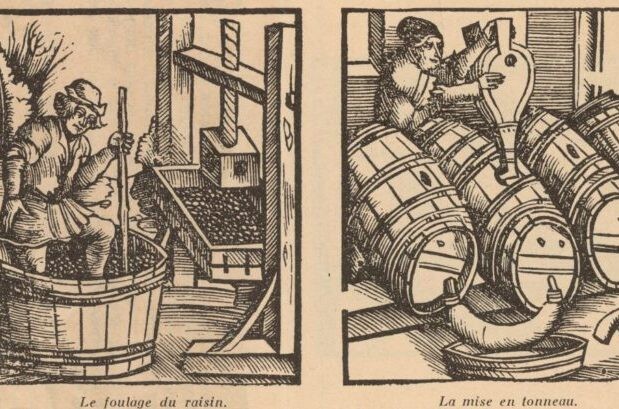
Physicians praised it for its warm, dry nature, claiming that it strengthened the body, promoted digestion, corrected humoral imbalances, produced healthy blood, and improved the drinker’s mood. They saw wine as part of a healthy diet, and recommended it for those who needed strengthening, including pregnant women and the elderly. And medieval wine buffs were often preoccupied with the humoral properties and health benefits of their favourite drink. The Italian lawyer Lapo Mazzei’s letters to his merchant friend Francesco Datini (d1410) include numerous tips about the best types of wine to drink during the hot summer months.
- Read more | Medieval money tricks and the modern world
But wine’s medicinal properties didn’t justify unlimited indulgence. Doctors recommended watered-down wine, and warned that excessive drinking could cause clumsiness, trembling, and even brain damage. It was particularly dangerous for the young, who were naturally hot, and thus prone to overheating if they drank too much alcohol. Drunkenness was a sin, and it led to other sins, particularly lust. So, whilst it is unlikely that medieval people would have embraced ‘Dry January’, they would certainly have agreed that some people ought to drink less.
More like this
Do more exercise
Just like us, medieval people believed that exercise would improve their physical and mental health and help them to live longer. Perceived benefits included improved digestion, the elimination of bodily wastes, and better sleep – plus all the delights of the great outdoors, including pleasant sights and fresh air. Most regimens focused on moderate exercise, such as walking and riding.
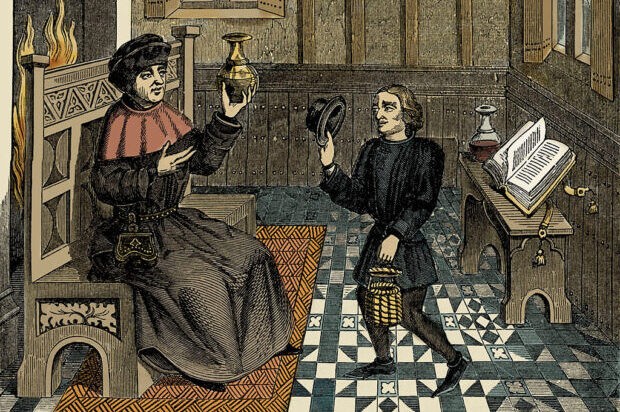
In 1315, the Valencian physician Peter Fagarola reminded his student sons to go for a walk morning and evening. If it was cold, they should run; if it was wet, they should exercise at home by jumping, climbing the stairs, and lifting “a big heavy stick like a sword.” He also recommended ball games, although concerns about dignity meant that public exercise was not suitable for everyone. John Mirfield (a priest living in 14th-century London) suggested that clergymen should lift weights and climb ropes in the privacy of their own chamber.
Get more sleep
Worrying that you don’t get enough sleep is not a new phenomenon: medieval people shared our concerns that chronic sleep deprivation could make a person ill, and even shorten their life. It was widely believed that sleep facilitated digestion, rested the sensory functions, and sharpened the mind. It also helped the sick to recover, and could ward off negative emotions. Medieval doctors agreed with their modern counterparts that about eight hours sleep was best.
Unfortunately for night owls, they also advised early nights and rising early – and the Church condemned people who stayed in bed rather than going to mass. Regimens included lots of tips about how to get a good night’s sleep, many of them familiar: avoid naps, don’t eat or drink alcohol too close to bedtime, prioritise relaxing activities before bed, and sleep in a darkened room.
Reduce stress
Although we often assume that mental health is a more recent idea, medieval people shared our conviction that managing their emotions was key to a happy, healthy life. Broadly speaking, positive emotions were good, whereas negative emotions such as sadness, anxiety, and anger upset the body’s humoral balance and damaged its physical health. Consequently, physicians encouraged their patients to engage in cheering activities such as travel, spending time with friends, or listening to music.
Improve work/life balance
Medieval people also worried about the consequences of overwork. In the early 13th century, a St Albans monk called Alexander de Langley began to have “fits of raving” and lost his wits; his fellow monks attributed his condition to overwork. The English poet and civil servant Thomas Hoccleve (c1367–1426) complained that too much writing had left him with back pain, digestive problems, and poor eyesight. Both of these men needed, it seems, to improve their work-life balance, and they (or at least their contemporaries) recognised that.
Thoroughly medieval resolutions
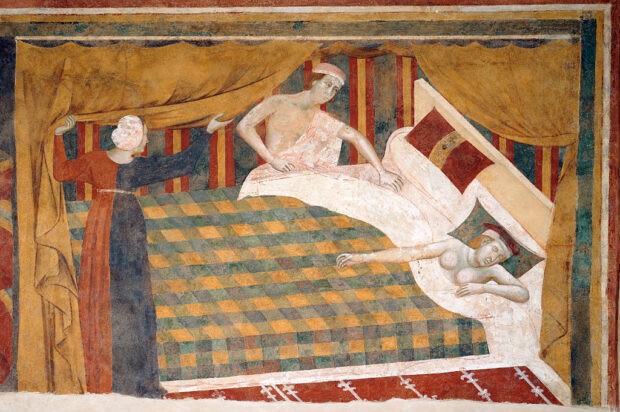
Although there were numerous parallels between medieval and modern ideas, including the benefits of eating a healthy diet and the importance of avoiding stress, medieval medical theory also encompassed some less familiar ideas.
- Read more | Sex lives of medieval people
For example, the belief that it was possible to die from having too much or too little sex may have influenced people’s approach to their love life. Or the prominence of regular phlebotomy in preventative medicine might have led a medieval person to resolve to be bled more often. In comparison, going meat-free for Veganuary feels like a relatively pain-free resolution!
Katherine Harvey is a Wellcome Trust Research Fellow at Birkbeck, University of London. She is the author of The Fires of Lust: Sex in the Middle Ages (Reaktion Books, 2021)

Start the year with a subscription to BBC History Magazine - £5 for your first 5 issues!
As a print subscriber you also get FREE membership to HistoryExtra.com worth £34.99 + 50% London Art Fair 2024 Tickets




